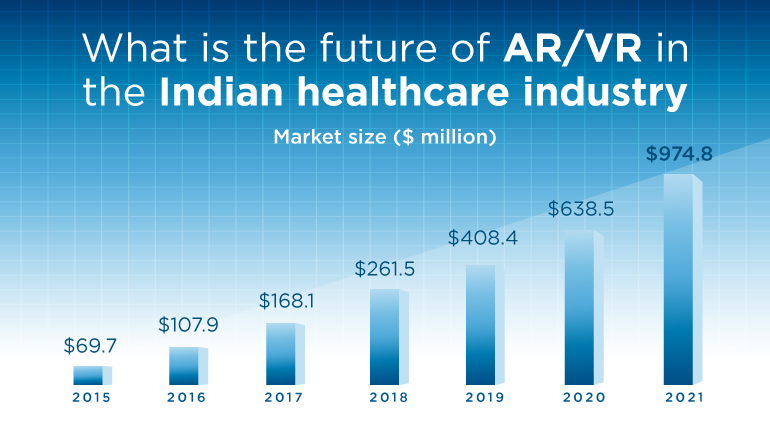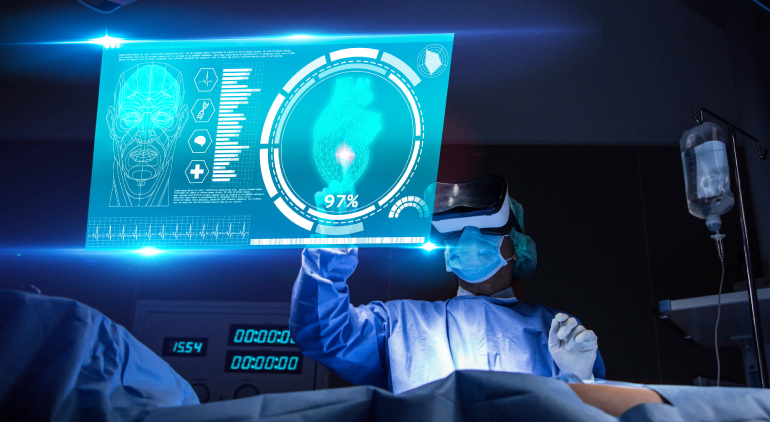7 Emerging Healthcare Technology Trends to Watch in 2022
We remember them through their ability to define their time, challenge conventions, to redefine what till now were considered the trends. The generalization of trends over time enables us to form a timeline of progress.
Trends are documentation of progress and experimentation. Without trends, there would be no visible progress and only a lineage of sameness would linger.
Trends provide us with the opportunity to attempt something new, which has the potential of shifting cultural current to form an underlying intuition.
Trends enable us to cater to the need and desires of the audience at the moment, primarily because trends are relevant for any particular generation. Hence, trends can be utilized to reach specific demographics more effectively and allow defining the current era we are living in.
Trends in healthcare are not a new phenomenon as the healthcare industry is consolidating rapidly with new technological advancements. Consumers are becoming technology savvy and constantly looking for convenience.
Read on to know more about the latest healthcare technology trends that are taking the industry to a new height.
What Are Healthcare Technology Trends?
There has been a shift in utilizing technology to enable prevention and primary care such as wearable devices that track patients’ data at a distance rather than using it for advanced specialty care.

Several existing and emerging technologies will have a positive impact on the healthcare industry in the future. Artificial intelligence, machine learning, virtual reality, augmented reality, and wearable technology will all become critical tools for healthcare providers and organizations to perform more efficiently.
1. Rapid Change through Telehealth
- Telehealth is expected to rise from $79.79 billion in 2020 to $396.76 billion in 2027, according to forecasts. This number is 38 times larger than it was before the COVID 19.
Telehealth is extremely efficient in saving the time and stress of both the physician and the patients. Doctors can follow up with the patients virtually, which reduces the strain of last-minute appointments.
The technology of telehealth has been significantly expanded by Cognihab, who have successfully designed solutions for various vision disorders, movement-related disorders, and pre/post-chemo cancer rehabilitation.
2. Digital Health to the Rescue
- The worldwide digital health industry was valued at $96.5 billion in 2020 and is expected to increase at a 15.1 percent compound annual growth rate (CAGR) from 2021 to 2028.
- From 2021 to 2028, the global wearable sensors market is estimated to grow at a CAGR of 29.3%, from USD 660.89 million in 2020 to USD 5,208.05 million in 2028.
For instance, wearable devices can detect and notify doctors about a patient’s unusual electrocardiography pattern which eventually lessen down the risks of more complicated ailments.
These digital medical devices such as wearables, health sensors, and trackers are being used combining it with the Internet of Things that enables the patients to view their data on their devices.
They have enabled a systematic advancement of personalized healthcare and will continue to be a major tool in the medical device trends of 2022.
As the process of digitization speeds up, Cognihab’s revolutionary modules are benefitting patients by providing their real-time reports and progress available to doctors through our web-based panel 24x7.
3. Improvement in Data Science and Predictive Analytics
- The healthcare predictive analytics market is estimated to grow from $3.74 billion in 2019 to $28.77 billion by 2027.
4. Impact of Artificial Intelligence
- In 2020, the global AI in the healthcare market was valued at $ 6.7 billion, and it is expected to grow at a CAGR of 41.8 percent between 2021 and 2028.
5. The Cybersecurity Mesh
The Cybersecurity Mesh uses a zero-trust network model to operate. It emphasizes the importance of no device trusting and allowing access to the broader network. Previously, with Perimeter-focused security, it was discovered that more than 34% of data was exposed to leaks and breaches within the network itself. Many companies are hoping for better cyber security with The Cybersecurity mesh. Some research anticipated that this security architecture would be able to reduce the financial impact of a security incident by 90%.
6. Cloud Computing
Cloud computing makes it easy to share medical records, automate backend operations, and even create and maintain telehealth apps.
- The healthcare cloud computing business is expected to expand to USD 64.7 billion by 2025, up from USD 28.1 billion in 2020.
7. Blockchain
- The global blockchain technology in the healthcare market is expected to develop at a compound annual growth rate of 21.70 percent from 2021 to 2028.
8. Virtual, Augmented, and Mixed Reality
- In 2020 the global AR and VR in the healthcare market was $2.076 Billion and is predicted to grow to $42.84 Billion in 2028 at a CAGR of 39.98%. (Verified Market Research)
- This technology is extremely helpful for training and surgery simulation, patient treatment, and care.
This revolutionary technology of virtual reality has been utilized by Cognihab to help patients rise beyond their limitations. Cognihab is benefitting both the doctors and the patients in leading institutes such as AIIMS, Indian Spinal Injury Centre, National Institute of Ayurveda and emerged as the world's pioneer VR-based healthcare solution provider.
Hence Congihab is truly redefining the healthcare technology trend, created by the guidance of senior doctors which strives to rejuvenate, rewire and rehabilitate your mind, body, and soul for a speedy recovery.







